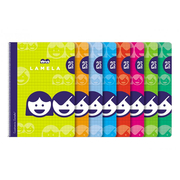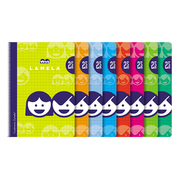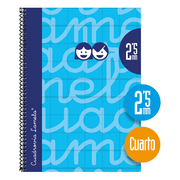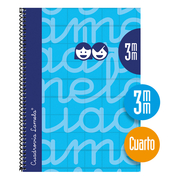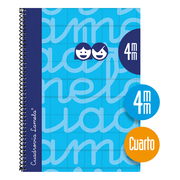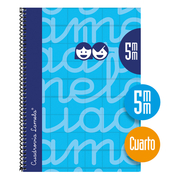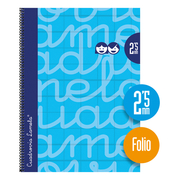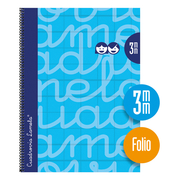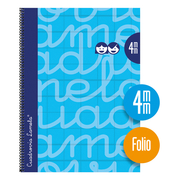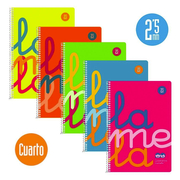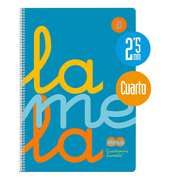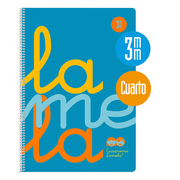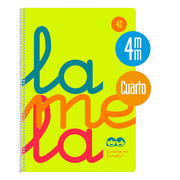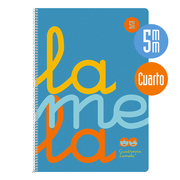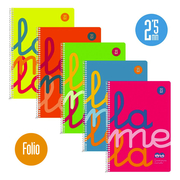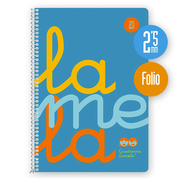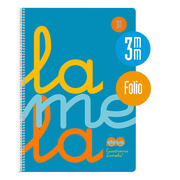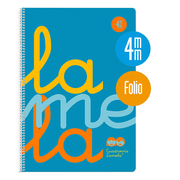Cheap ink cartridges and toners
|
FREE Shipping from £60 (standard £5.95)

Lamela
Recommended by the best Early Years educators, Lamela notebooks with their characteristic grid pattern make learning to write a lot easier for the youngest children. It’s an original method specifically tailored to children and to help simplify the task for them. Let’s get on the train and stay on the track!
Lamela
Would you teach your child to read with Shakespeare? It's exactly the same with writing, some tools are more suitable than others. This is how Rosario Lamela, saw it decades ago — a teacher with a vocation who, after overcoming a serious illness, decided to return to her studies at the age of 32 and fulfil her dream. Committed to helping children overcome the initial challenges of writing, with the help of a ruler and a pencil, she created what is known today as ‘Lamela’s Grid’ on a sheet of paper. As she herself said, "she would make the sheets at night and give them to the pupils the next day".
"Just as a child needs a helping hand to learn to walk, that same child will need help when it comes to learning how to write. I didn't have that help, both when I started writing and during my first years as a student, which is when the learning process takes hold," she explains.
She first tried with two horizontal lines "but the children didn't have a way to measure the width of the letters or the spacing". She later tried with a simple grid "but it was very difficult for them to stay on the same line, besides their large letters didn't fit in such small squares". She then decided to merge the two guidelines into one and "in the margin and between the two lines, drew them the picture of a little train" accompanied by the motivational phrase: Let’s get on the train and stay on the track!
That was a huge hit — Lamela's effort and creativity quickly paid off. "I still remember having tears in my eyes when I saw the tremendous changes in my children's writing". Today, Lamela notebooks are recommended by teachers and specialists in early years education for the different stages of learning, from 4 to 12 years of age.
They’re available in A4 or standard notebook size, with a basic or propylene cover, and stapled or bound in a spiral notebook format. But the most significant thing about these notebooks are the range of guidelines for the different age groups. As a general rule, an 8 mm line width is suitable for children aged 4 to 5 years, 6 mm for children aged 5 to 6 years old, 5 mm for children aged 6 to 7 years old, 4 mm for children aged 9 to 11 years old, and 2.5 mm for children aged 11 to 13 years old. In any case, the experts recommend not using a guideline any narrower than 6 mm until after the age of 6.
Lamela notebooks are not only designed to facilitate learning, but also to motivate and make it fun, they are "the perfect tool for teaching writing". The children will also enjoy seeing how they from a very early age.
Remember that this special grid pattern is exclusive to Lamela notebooks — an original method specially designed for children and aid them in their school and homework. Get on the train!

